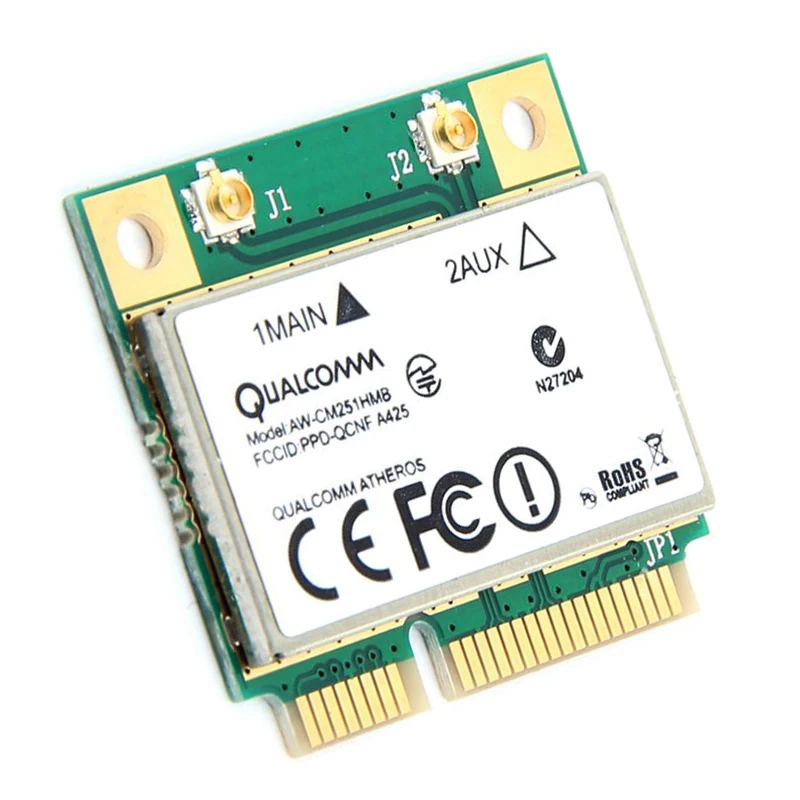

#QUALCOMM ATHEROS QCA9377 RF FREQ USED BLUETOOTH#
Things like wireless home phones, wireless computer mice and keyboards, Bluetooth headsets, game console controllers, and even some baby monitors are all using various bits of the 2.4GHz spectrum. In addition to a bunch of 2.4GHz signals from older Wi-Fi gadgets (or just gadgets operating in an older mode), the 2.4GHz wireless spectrum is used by a ton of other stuff. One of the big advantages of 5Ghz Wi-Fi, as you know from reading about the difference between the two bands, is that it’s less crowded. So why, if most routers are dual-band, should you turn off 2.4GHz? Can’t you just leave both enabled, and let your devices use the best connection available to them? You can find a standard router that supports 5GHz AC Wi-Fi for under fifty bucks, and adapters for desktops or older laptops are thick on the ground. Even the cable/Wi-Fi router combos supplied by ISPs, which are usually whitebox hardware built by the lowest bidder, probably have at least 5GHz N support. Not only are 5GHz and 802.11ac devices easy to come by, they’re getting cheaper, too. RELATED: What is 802.11ac, and Do I Need It?
#QUALCOMM ATHEROS QCA9377 RF FREQ USED ANDROID#
Only super-cheap gadgets released in the last few years, like some of the e-ink Amazon Kindles or budget Android tablets, lack support for N or AC 5GHz connections.

Most modern routers are “dual band”, which mean they contain the ability to broadcast on both of these bands. Odds are pretty good that if you bought your Wi-Fi router or compatible device in the last five years, it has support for 5GHz networks-and in fact, if it’s an 802.11ac router, it requires the 5GHz band for that super-fast connection.

We’ve talked about the difference between 2.4GHz and 5GHz Wi-Fi here, so if you aren’t familiar with the different bands, you should read that first. RELATED: What's the Difference Between 2.4 and 5-Ghz Wi-Fi (and Which Should I Use)?


 0 kommentar(er)
0 kommentar(er)
